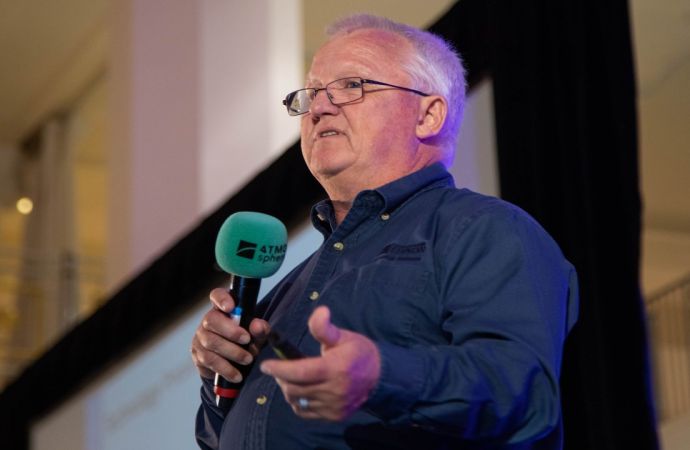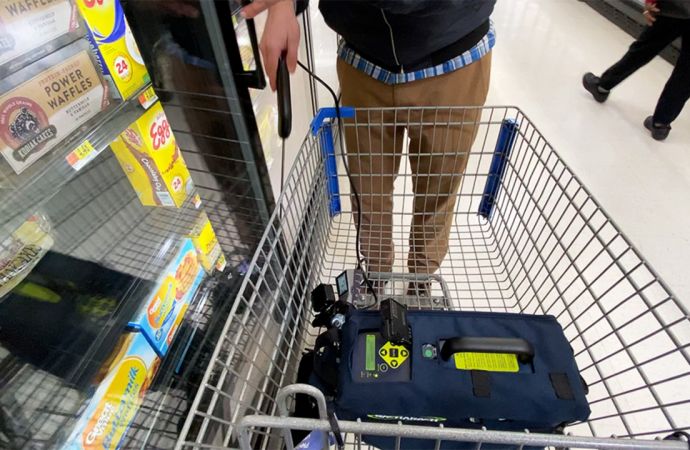Shortly after having announced a delay of 1 year in phasing in its national scheme to reduce GHG emissions, but also having put forward a new, ambitious 25% by 2020 target, the Australian government is now proposing an amendment to the Kyoto Protocol whereby HFC emissions will also be covered.

The advanced version of the Australian Proposal for amendments to the Kyoto Protocol, released on 15 June, calls for “broadening the Protocol’s coverage of greenhouse gases to include nitrogen trifluoride (NF3) and each of the hydrofluorocarbons (HFCs) and perfluorocarbons (PFCs) contained in table 2.14 of the errata of the IPCC Fourth Assessment Report of Working Group I. To promote clarity, each of the gases should be listed individually, along with their common name and chemical formula.”
This comes about a month after the Australian government announced a package of new measures related to its Carbon Pollution Reduction Scheme (CPRS), its national framework for meeting the climate change challenge. The measures included:
The scheme will cover synthetic greenhouse gases from its commencement. Measures in relation to synthetic greenhouse gases, which will be applied to entities that import or manufacture 25,000 tonnes of CO2-equivalent a year or more, include:
According to the Green Cooling Council (GCC), the green cooling advocate that recently resumed its work in Australia under the name Green Cooling Association, CPRS will put in place powerful incentives to drive the use of climate friendly solutions in the refrigeration and air conditioning industry. The White Paper acknowledged the persuasive force of the GCC submission and substantially delivered on the recommendations. Arguments put forward by fluorocarbon proponents that HFCs should not be covered by the scheme were rejected.
This comes about a month after the Australian government announced a package of new measures related to its Carbon Pollution Reduction Scheme (CPRS), its national framework for meeting the climate change challenge. The measures included:
- A delay in the start date of the Carbon Pollution Reduction Scheme of one year, to manage the impacts of the global recession, with the scheme now to be phased in from July 2011.
- A commitment to reduce carbon pollution by 25 per cent below 2000 levels by 2020 if the world agrees to an ambitious global deal to stabilise levels of CO2 equivalent in the atmosphere at 450 parts per million or lower. The Government will retain its White Paper target range of an unconditional commitment to reduce carbon pollution by 5 per cent by 2020 and a commitment to reduce carbon pollution by 15 per cent by 2020 if there is an agreement where major developing economies commit to substantially restrain emissions and advanced economies take on commitments comparable to Australia’s. It is hoped that this new commitment will maximise Australia’s contribution to an ambitious outcome in international negotiations at Copenhagen this December.
The scheme will cover synthetic greenhouse gases from its commencement. Measures in relation to synthetic greenhouse gases, which will be applied to entities that import or manufacture 25,000 tonnes of CO2-equivalent a year or more, include:
- Making HFCs more expensive: The CPRS will apply pressure to phase out the use of high-GWP HFCs by making them subject to a strong price mechanism. This will be done by applying Scheme obligations to large importers, as well as raising existing import levies to achieve an equivalent carbon price on all synthetic greenhouse gases sold in Australia.
- Early phase out of R22: One of the most immediate and significant effects on the RAC industry is that in new equipment use of the ozone depleting and powerful greenhouse gas HCFC R22 will now be phased out in 2010, five years sooner than planned.
- Recovery and destruction incentives: Permits will be issued to entities that arrange for the destruction of used synthetic greenhouse gases in accordance with Scheme verification requirements, providing incentives to recover and destroy refrigerants at end of life and servicing of equipment.
According to the Green Cooling Council (GCC), the green cooling advocate that recently resumed its work in Australia under the name Green Cooling Association, CPRS will put in place powerful incentives to drive the use of climate friendly solutions in the refrigeration and air conditioning industry. The White Paper acknowledged the persuasive force of the GCC submission and substantially delivered on the recommendations. Arguments put forward by fluorocarbon proponents that HFCs should not be covered by the scheme were rejected.
MORE INFORMATION
Related stories








